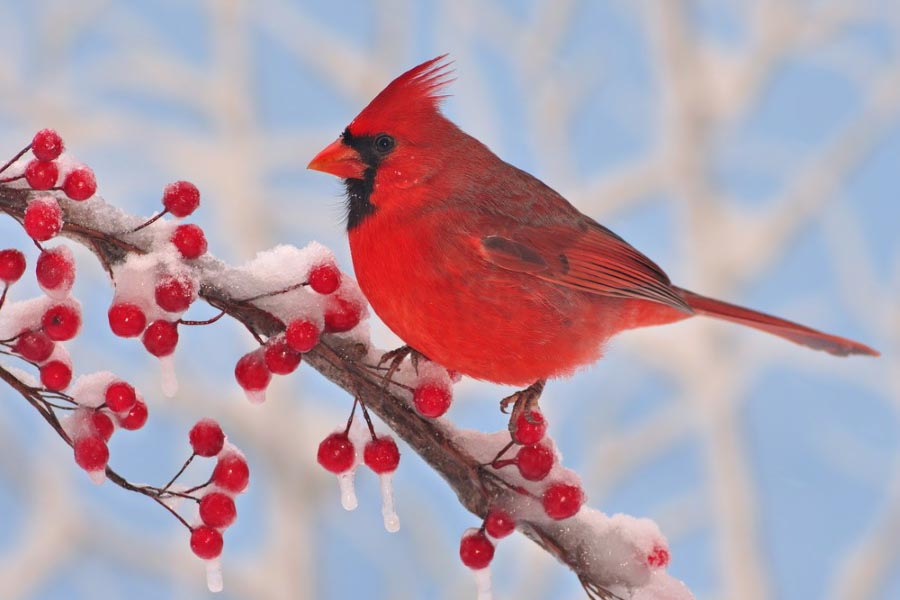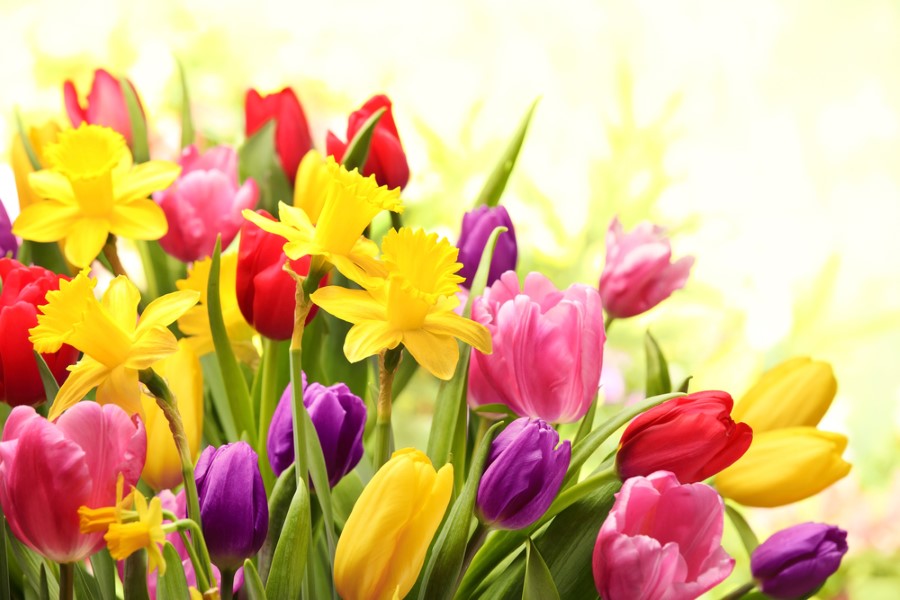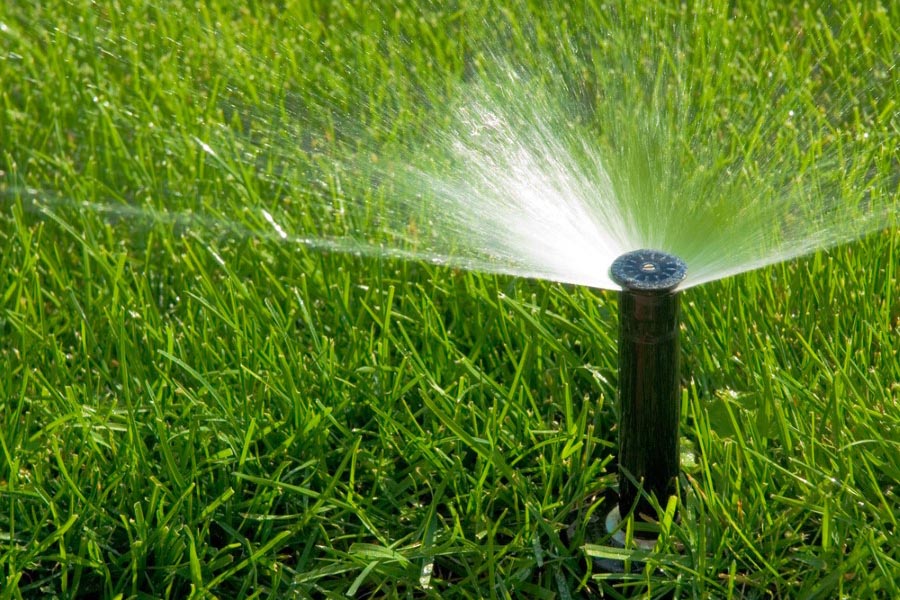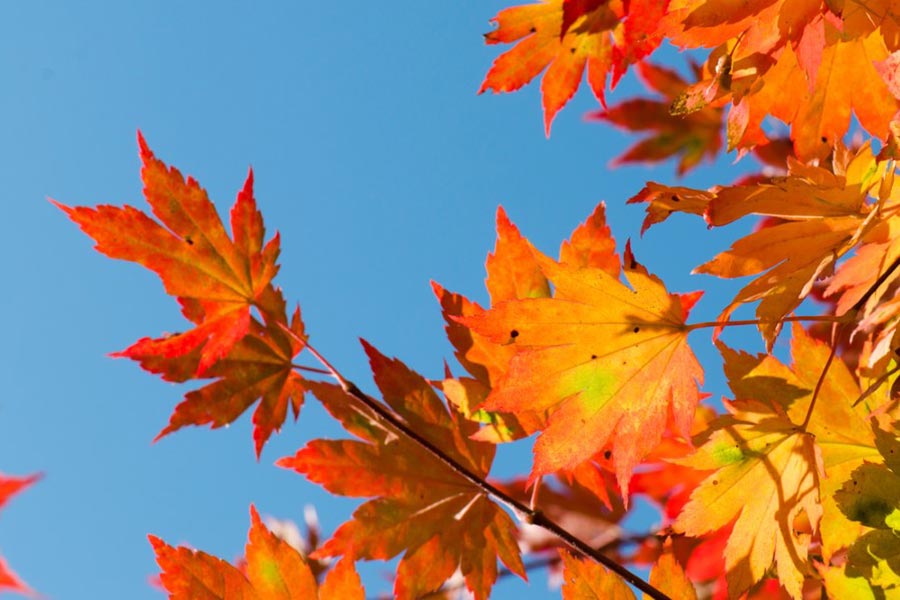Fall Tips
Autumn is the optimum time to take care of your lawn and garden.
Cooler temperatures return and the soil is still warm, allowing for extensive root growth. We have some advice and tips to help you achieve a beautiful landscape this fall.
Soil Test
We encourage you to test the soil. It is the only way you will know your soil’s nutrient status and pH level. Lab results provide recommendations for fertilizer, lime or sulfur, if needed, to create the perfect environment for your lawn to thrive.
Seeding
Fall is the ideal time of year to seed or overseed. Overseeding thickens turf and fills in bare areas.
- Select high quality seed. Always read the label. Check date for freshness. Germination should be at least 85% and inert matter under 3%. Ideally, your seed should contain very little or no weed, other-crop, or noxious-weed seed.
- Mow grass a little shorter than normal and either aerate or rake the soil for good seed to soil contact.
- You can cover the seeded bare spots with a very thin (3/8” thick) layer of peat moss, compost or topsoil.
- Water each day for 1-2 weeks, until you see sprouts. Do not let the seeds dry out. You will need to adjust your watering to the weather conditions.
- Once the seed has sprouted, water less often, but more deeply. This encourages deep root growth.
- Apply a starter fertilizer.
- New grass can be mowed when 3”-4” tall.
- The new grass can be fertilized again 4-6 weeks later using a good quality fertilizer.
- You can do everything correctly and still lose your lawn if not watered properly.
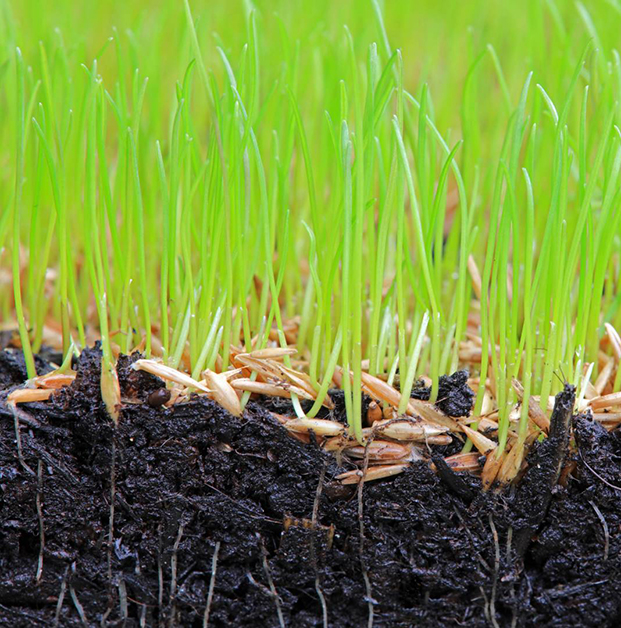
Fertilization
The single most important thing you can do for your lawn is provide it with the proper nutrition by fertilizing regularly.
- Fall is the best time to aggressively fertilize cool season turf grass.
- Virginia Tech recommends following the SON program, which is fertilizing your lawn in September, October and November.
- It is recommended to fertilize your lawn 3-5 times per year. However, if you only fertilize one time per year, it’s best to do it in the fall.
Thatch
Thatch is a layer of organic matter that accumulates on your lawn. It’s normal, and a small amount is good. However, more than ½ inch thick can be a problem. Thatch can form a mat that keeps water and nutrients from reaching the soil. Core-aeration and dethatching are two methods of getting rid of thatch. *Contrary to popular belief, grass clippings do not cause thatch.
Weed Control
The best way to manage weeds is by growing and maintaining thick, healthy grass.
- If seeding in the fall, don’t skimp on seed application rates and irrigation, so the new grass can fill in and keep weed growth to a minimum.
- When seeding in the fall, your choice of weed control is restricted. Herbicides that control the weeds also stop the grass seed from germinating and growing. If you intend to do both, plan to start weed control in late summer.
- The major weed problems to deal with now are annual bluegrass and winter annual broadleaf weeds. Crabgrass and other summer weeds will die off after the first frost.
- Typically, most herbicides can not be applied until after the new grass has been mowed twice.
- If not seeding, you can use chemical pre- and/or, post-emergent controls to treat weeds. Fall is a good time to treat for dandelion, henbit, chickweed and clover.
- There are also organic methods of weed control. If interested, please ask us about those options.
Fall Planting
This is a perfect time to plant perennials, shrubs and trees. There is less heat stress and quicker establishment of roots in the fall.
Make sure to soak new plants thoroughly and continue to water deeply until the ground freezes!
Pruning
Fall is not a good time to prune.
- Pruning causes vigorous re-growth, which may not harden off by winter, leading to possible cold damage.
- Spring flowering shrubs have already set their buds for next spring. If pruned now you will lose those upcoming flowers.
- You can prune any time to correct damage or disease.
- If you are unsure about your specific plant, ask us.
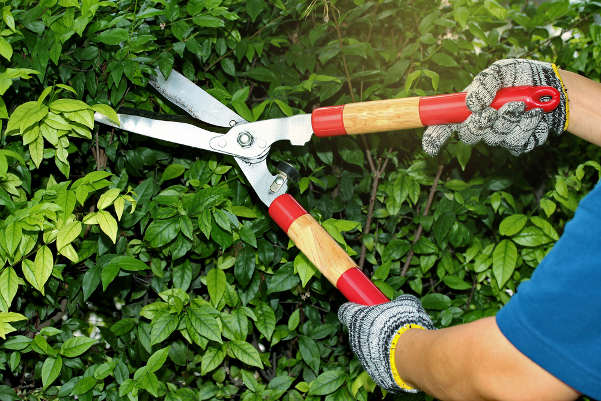
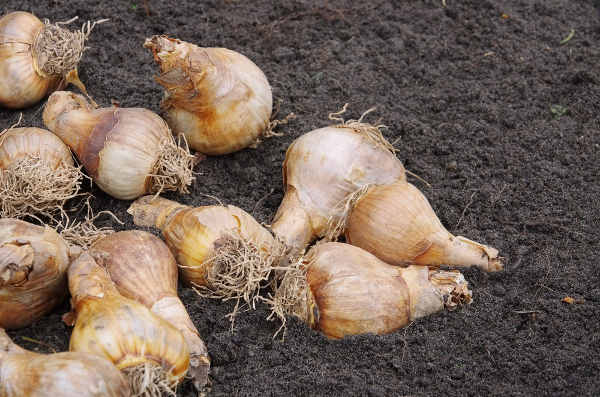
Bulbs
Buy bulbs as early as possible for the best selection. However, do not plant them too soon.
- You want the bulbs to have time to send out roots in the fall, but you don’t want the tips to start coming up.
Store bulbs in a cool dry place until you plant. - In general, the best time to plant in our area is mid-October.
- Daffodils can go in right after the first frost. Tulips can go in later, just before the ground freezes.
- If you want the bulbs to come back each year, they need to be fed. Don’t let the fertilizer come into direct contact with the bulbs.
- Fertilize again before spring blooming.
- After the flowers have bloomed in the spring do not cut down the foliage until it becomes yellow and pulls away easily. The foliage supplies needed nourishment to the bulb.
Water, Water, Water!
If you have put in all the time, effort and expense to beautify your landscape, make sure you do the follow up required. Give your grass enough water to grow and feed your lawn and plants.


